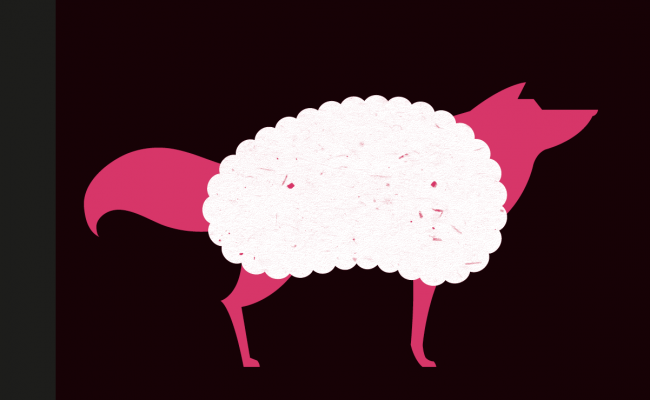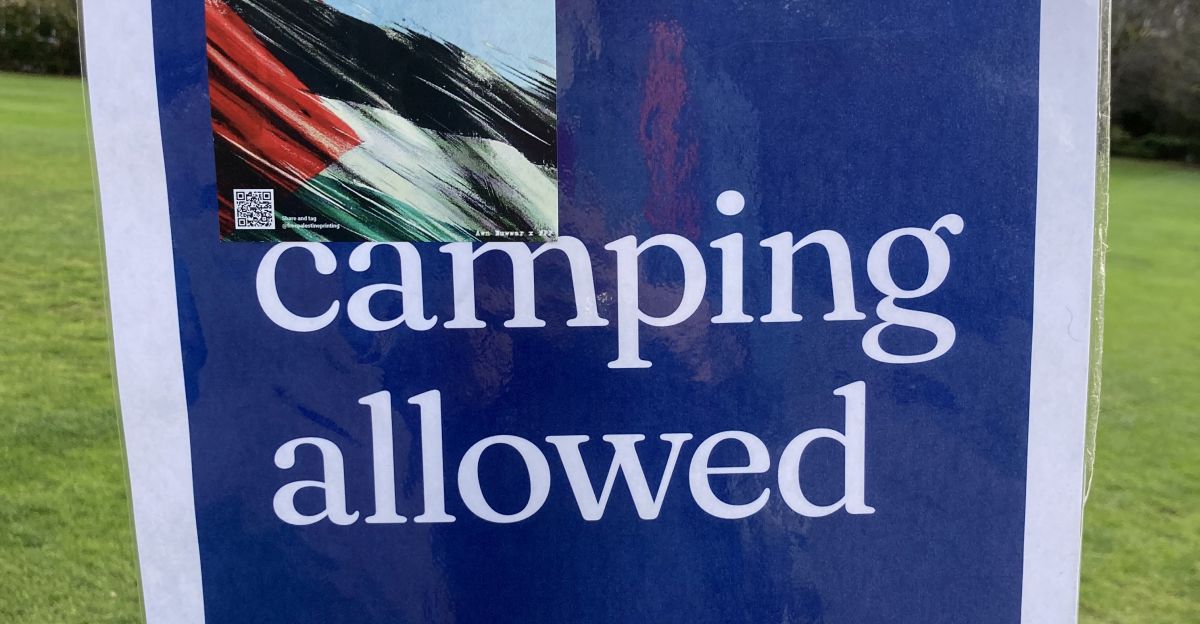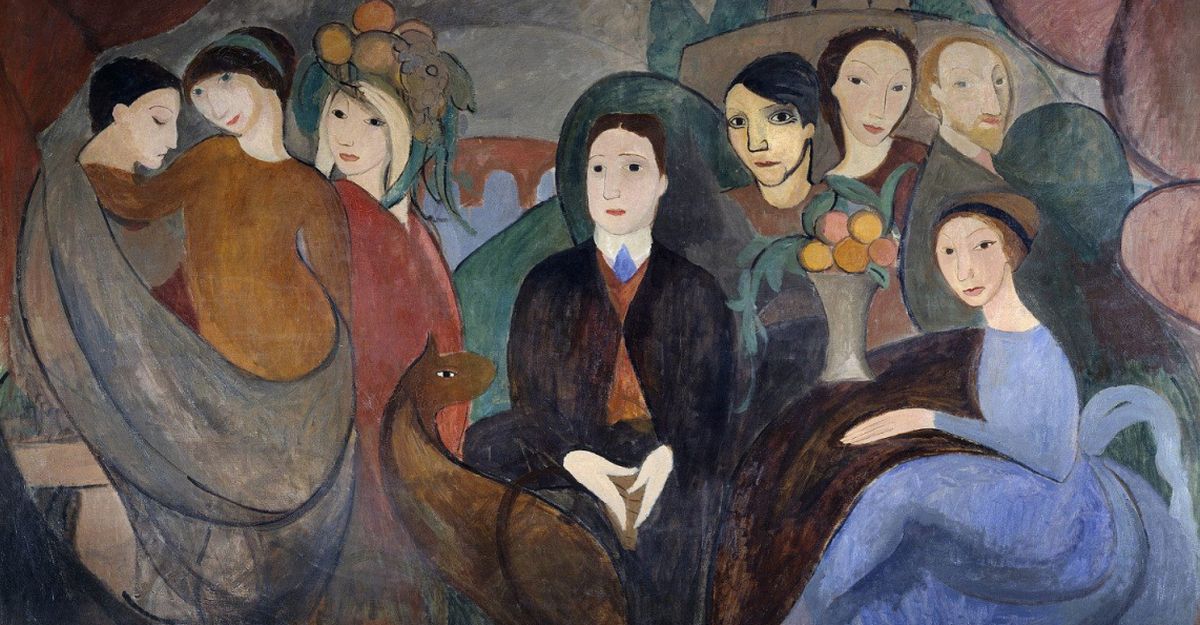In the late 1960s, when I was about eight, I announced to my aunt that I wanted to be white. If I were white, I explained, I would see myself everywhere – on television, on posters, in magazines, in books.
Even at that young age, I knew I was unlikely to recognise myself in a book. If I did, it would be as a primitive, half-naked, thieving, violent savage, or the tragic drunken relic of a civilisation on the brink of extinction, or the wanton woman – Venus half-caste.
My aunt laughed. She said I was born black – ‘that’s what you are so be it’. She told me it was important to learn how white people think, especially what they think of others: how white people see us – the ‘Aboriginal other’ – is a good indication of their worldview.
She also emphasised the importance of learning to write. Maybe one day, she said, I would write a black story in the white language – if the people in it were black, it would still be a black story. Or, perhaps, a black-and-white story, since I would know a bit about both worlds.
So I went on, sometimes quite resentfully, with school. I was exposed to a catalogue of misrepresentations of me and my people. We studied the ‘literature of erasure’, in which all things Aboriginal were written out of the picture.
One particularly poignant example was encountered in senior high school, when my English class read Coonardoo by Katharine Susannah Prichard (1929). The novel was set far away from my Country, but I could still see myself in its racist representation. It struck me that thousands of years of Aboriginal culture and spirituality were being reduced to base instinct. Coonardoo and her fellow Aboriginal women were cast as victims of their own rampant sexuality; it was their animalistic desires that destroyed them. The colonial scheme imposed on these Aboriginal women was presented as justified – it was to ‘save’ them from themselves.
The novel upset me. My teacher said to not take it so personally: ‘It is not about you,’ she told me. But it was. The fact that some students took to calling me ‘Coonardoo’, and that others dismissed me as ‘not a proper Aborigine’ because I wasn’t a ‘full blood’, made it clear to me – both then and now – that it was about me. More than that, Prichard was talking about my grandmother, my aunts, my mother and the other Aboriginal women I knew.
In fact, she was talking about all Aboriginal women. This is because literary representations are never just benign descriptions; they enter into and shape our national discourse. Coonardoo is a widely acclaimed piece of literature, considered by most to be an important part of Australia’s literary heritage. For this reason, it is one of the books carefully selected to feed the minds of future generations. Thus, Coonardoo’s representation – along with that found in other ‘canonical’ texts – becomes the authoritative narrative of settler colonialism. For many Australians, it is through these texts that they learn about the Aboriginal other.
Since the late eighteenth century – very shortly after the invasion of 1788 – Aboriginal Australians have been a major preoccupation of settler literature. And it is these texts that are used to teach the ‘story’ of Australia.
The fact that Kate Grenville’s The Secret River (2005), a rewriting of colonial history by a settler author, has been the most taught text in Australian secondary schools since 2009 speaks loudly to the persistent use of settler literature as a tool of cognitive imperialism. It allows for the cultural transmission of settler narratives and values, and in doing so overwrites Aboriginal history and experience.
I am not suggesting that this work and others like it be scrapped – they are important texts that reveal synchronic slices of settler consciousness of and about Aboriginal people at any given time. But I am challenging the notion that these are Aboriginal stories. They are not.
Any reading of such texts in Australian curricula needs to acknowledge this point. Critical interpretations, both within and outside of school contexts, must also be informed by the growing body of Aboriginal scholarship exploring the politics of representation. For example, in her excellent book Finding Eliza: Power and Colonial Storytelling, Larissa Behrendt interrogates Patrick White’s literary reimagining of the Eliza Fraser story. She shows how White’s representation of Aboriginal Australians reflects both his own values and the position of Aboriginal Australians in the colonial regime. Such colonial values have been validated through White’s work and other literary representations, and this has contributed to the complex racial divide that exists in Australia. Behrendt’s reading of the Fraser story provides a model for the way all colonial texts should be taught and studied.
The powerful legacy of settler representations is now being challenged by Aboriginal storytellers and scholars. The relatively recent emergence of Aboriginal published writing, and with it diverse self-representations of Aboriginal Australia, has ignited significant political and cultural debates.
Black writing has interrupted the unquestioned privilege of whites to represent non-whites in Australia. This has unsettled the settler by rupturing the previous trajectory of writing and representation. In doing so, it has challenged the conceptualisation of the past, present and future with which white Australians were familiar – a construction of time and space in which Aboriginality was contained safely within the margins of settler texts.
And so, in 2016, I find myself teaching Aboriginal literature and creative writing in an Australian university. In my classes, issues of representation are contested and debated, as is the previously unchallenged authority of the settler canon.
In September this year, Lionel Shriver gave the keynote address at the Brisbane Writers Festival. Shriver spoke against the ‘fad’ of cultural appropriation: she dismissed the right of minority groups to call out problematic representations, arguing that such claims stand in opposition to fiction’s role and purpose. Charges of cultural appropriation, she argued, deny writers the ability to create characters of diverse backgrounds. Shriver’s position is disturbing, but not overly surprising – after all, it is only very recently that the white literati’s carte blanche on representation has been challenged.
Shriver reiterated her position ten days later in the New York Times, explaining that she was simply defending fiction as a ‘vital vehicle of empathy’. What Shriver doesn’t seem to understand is that to achieve empathy one must know those they are seeking to represent – and not just through limited and controlled observation, or through a state archive, or someone else’s research. Rather, they must know through social and cultural immersion. Most Australian writers who have represented, and in some cases still do represent, Aboriginal characters do not have this level of exposure and thus lack real empathy – nor are they striving for it.
White’s reimagining of Eliza Fraser again provides a telling example. A Fringe of Leaves (1976) – the book in question – depicts an Aboriginal cannibalism scene. The presence of this scene highlights the inadequacy of White’s research and his complete lack of engagement with Aboriginal people. White himself acknowledged that he ‘did not know any Aboriginal people’, nor did he think we read his books. White was wrong – I read all three of his ‘Aboriginal’ novels as a university student. All three impacted on me as the represented, notably through the comments and questions of fellow students.
White also declined an opportunity to speak to Butchulla elders during his visit to Fraser Island because he thought the Aboriginal version of the story would ‘complicate’ matters. It was not necessary for the way he wanted to ‘place’ the Aboriginal ‘tribe’ in relation to his main female character.
We must remember that White is still the most taught author in Australian schools.
Whether writers should or could write an Aboriginal character into their fiction is a question I’m frequently asked. While I appreciate that some emerging writers are actually asking this, I do also dread the question. I am most often the only Aboriginal person in the room when it comes up (my classroom experiences being a good case in point). Given that I do not represent Aboriginal Australia and cannot speak on behalf of Aboriginal people, it is difficult to respond. It is a question I have no authority to answer.
A second question usually follows: how can contemporary settler fiction writers represent the diverse communities that make up Australia in a way that is considered and considerate? There is no definitive answer, but I do have suggestions, particularly in relation to the representation of Aboriginal people. But there are other questions that need to be asked first.
Scholars, both Aboriginal and settler (see, for example, Anita Heiss, Peter Minter, Tony Birch, Penny van Toorn), have reflected on the remarkable capacity of Aboriginal people to take command of English and to use it to the advantage of our communities. So why is it that in twenty-first-century Australia many Indigenous Australians remain excluded from or marginalised within our education system? In theory, it is an education system that provides for all Australians on an equal basis; we all know this is not the reality.
It is not within the scope of this essay to discuss the failure of successive governments to address the glaring discrepancies between secondary school completion rates of Indigenous and non-Indigenous students. What I would like to acknowledge, however, is the link between the lack of Aboriginal voice and representation within the curricula and the higher attrition rates among Aboriginal students.
Of course, this points to a broader problem. There is very little Indigenous material – that is, literature that is authored by Indigenous writers – being taught at secondary level to anyone. While there has been a shift towards including Indigenous writers in the curricula, further action is urgently needed – too few students I encounter at the tertiary level have read an Indigenous text.
This brings us back to the central question: if, on the whole, non-Indigenous people are not reading Indigenous self-representation, how can they write about Indigenous lives and experiences? Put another way, if non-Indigenous people are still only encountering Indigenous people via the works of non-Indigenous writers/historians/filmmakers/artists, then are they really encountering us at all? How can they even think about writing about us if you don’t really know us?
So, what is the way forward? The words of Canadian scholar Margery Fee resonate here: ‘Without a conversation with living First Nations people about what they think and feel about their writing, their culture and their lives, the likelihood that we will have produced bad interpretations arises, as we make ourselves the experts, and them into mute subjects of expertise’ (my emphasis). Fee is right, and her us-and-them framing points to the chasm that exists in Australia.
Over the last decade, the term ‘gaps’ has entered political discourse as a way to describe discrepancies/ distances/ lags between Indigenous and non-Indigenous Australians, with the assumption that Indigenous people are always in deficit. These gaps are the ‘conversation’ referred to by Fee – and it is a conversation that can only begin through an engagement with our literature.
Judy Iseke-Barnes, Canada Research Chair in Indigenous Education, has called for new types of engagement with Indigenous texts:
The challenge for educators, parents, librarians, whether Indigenous or non-Indigenous, is to find ways to engage with Indigenous texts so that they are understood in not simplistic or stereotypic ways but as deep knowledge understood in complex relations to context.
Iseke-Barnes speaks of a greater ‘us’ – one that encompasses both Indigenous and non-Indigenous people. She recognises the potential for conversation-through-literature, of cross-cultural engagement through ‘deep and informed readings’ of Indigenous texts. Crucially, she frames this engagement as an ongoing process. I believe this kind of engagement must precede any discussion of how to ‘write’ Indigenous people.
In her groundbreaking work Indig-Curious: Who Can Play Aboriginal Roles? (2012), Muruwari playwright Jane Harrison tackles issues of cultural appropriation in relation to theatre. She asks a number of critical questions. How can ‘others’ use Aboriginal themes in a way that is acceptable to Aboriginal people? How can non-Aboriginal people learn to interpret Aboriginal themes? Who can give permission, and who can refuse? What about our shared experiences and common history? There are no ready-made, one-size-fits-all answers, but Harrison does offer a good starting point. She argues that the sharing of our histories and our stories is essential to the health of Aboriginal culture, but first it must be acknowledged who is in control.
To return to the question I’m asked by my students and others. My response is always informed by the experience of seeing my family, my people and myself represented in someone else’s picture. This leads me to pose a few questions of my own. Why do you want to write Aboriginal characters? Do you know any Aboriginal people? And if so, how? Have you read any of our books? What is your motivation? What do you want to say? Whose story is it going to be? Have you sought appropriate permission from the parties involved? What do you hope to achieve through this representation? Finally, why do you want to speak about Aboriginal people when you can never speak for Aboriginal people or be an Aboriginal voice, just like I can’t be a white one, even though, like a lot of Aboriginal people today, I am immersed in settler culture on a daily basis?
I know now that my aunt was correct. Without knowing us, our histories, our stories, it is impossible to ‘write’ an Aboriginal story – any attempt at representation would be merely self-serving cultural appropriation.
Cultural appropriation is not empathy. It is stealing someone else’s story, someone else’s voice.
Read the rest of Overland 225
If you liked this essay, buy the issue




